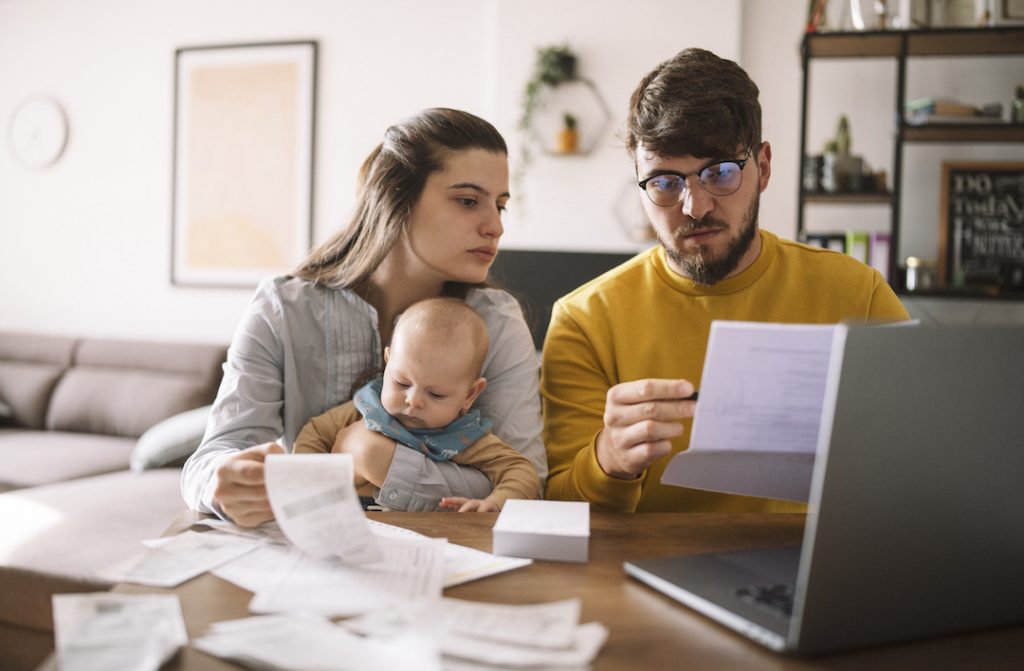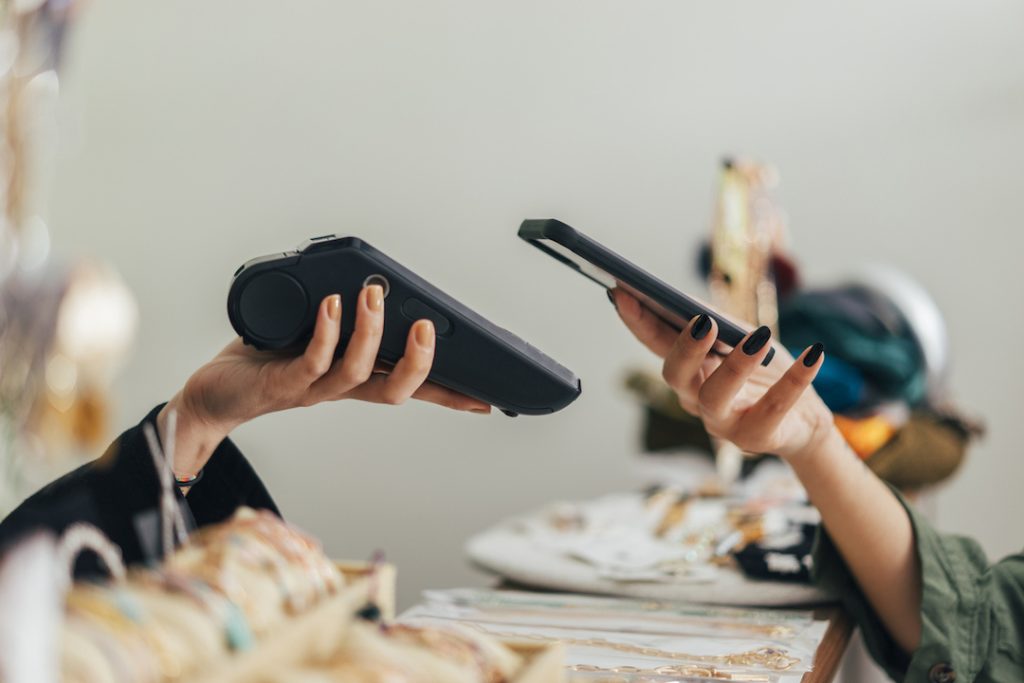No one is safe from the occasional impulse buy. Whether it is grabbing a pack of gum from the shelves at the grocery store checkout or splurging on the newest headphones that are taking over your social media feed, we are all prone to impulse buying at some point. It is the way of living in a consumer-driven economy. 84 percent of Americans have given in to the urge at least once in their lives.
It is also a great source of revenue for every retailer, in-store and online. According to Gitnux, impulse purchases account for 40 percent of all the money spent on e-commerce. But do not get too excited. A recent survey by online shopping platform Slickdeals reveals that nearly 38 percent of American consumers have decreased their impulse spending in 2023. This is a stark increase from 14 percent in 2022 and 16 percent in 2021. On average, American consumers are spending only $151 per month on impulse purchases compared with $314 in 2022. The survey was conducted via a poll by OnePoll among 2,000 American consumers. Across product categories and industries, American consumers seem to be shunning the extraneous item.
For retailers, this means some adjustments will have to be made to make up the difference. As an increasing number of consumers are spending less on impulse purchases, retailers can brave the change by choosing smart, efficient tactics that will make consumers feel valued rather than pandered to when shopping.
Defining Impulse Buying
By nature, impulse buying is a spontaneous occurrence. Sharon E. Beatty and M. Elizabeth Ferrell define impulse buying as “a sudden and immediate purchase with no pre-shopping intentions either to buy the specific product category or to fulfill a specific buying task.” When a person makes an impulse purchase, they do so with no preconceived intention. Impulse buying can occur when a person intends to shop for a specific item or does not intend to buy anything.
It Is Not Simply Inflation
The survey conducted by Slickdeals names inflation as one of the main reasons consumers are decreasing their frequency of and amount spent on impulse purchases. 72 percent of consumers considered inflation to be a factor they considered when shopping, compared with 68 percent in 2022. Though the inflation rate is 2.5 percent lower in 2023 than it was the previous year, 77 percent of consumers remain conscientious of inflation when building their budgets. This line of thinking seems to be influencing consumers’ shopping habits, even when they are making impulse purchases.
Inflation is not completely to blame, however. Though it is an influential factor, inflation is not the cause of the decline in impulse purchases among consumers. It is also being shaped by how consumers shop and define impulse purchases. Staying cognizant of these trends can help reorient marketing and sales tactics to attract customers.

Sales Events Are You and A Consumer’s Best Friend
Everyone loves a good sale. It saves money for consumers, all while boosting revenue for businesses. Not to mention it allows loyalty between customers and brands to flourish. Because of their appeal, the deals and discounts of sales seem to be impervious to the decline in impulse purchases.
This is because consumers are more likely to impulse buy when there is a sale going on. Slickdeals reports that 58 percent of consumers polled say they would make an impulsive purchase if an item was on sale. Over half (53 percent) of consumers polled are always on the lookout for deals or coupons before they commit to making a purchase. Maximizing any discounts or opportunities for deals can help draw consumers in with the promise of saving them money.
Though it is often associated with retail therapy and purchasing exorbitantly priced luxury items, impulse buying nowadays seems to be falling toward the other end of the spectrum among consumers. Slickdeals reports that 39 percent of consumers make more impulse purchases on necessities rather than luxuries. It might seem counterintuitive to associate impulse buying with budgets, but consumers’ habits indicate otherwise. Placing discounts on everyday items is sure to attract the attention of consumers, thereby boosting sales.
Know Your Desired Audience
What drives a person to make an impulse purchase is the result of several factors. Citing a review study by Sarah Xiao and Michael Nicholson, Shopify outlines personality traits, buying beliefs and attitudes, sociocultural values, and demographic factors as the four main antecedents to impulsive shopping. Shopify continues that these antecedents “are linked to internal factors (such as emotions) and external factors (such as stimuli) that encourage impulse buying tendency.”
What it comes down to is marketing. How consumers feel internally and are affected externally by a surrounding environment are key to influencing the action of impulse buying. This goes for in-person shopping and e-commerce as well. Knowing your consumers and what they want can improve their shopping experience. Keeping these factors in mind can help increase sales while also making them feel valued.
Website Optimization
Ambiance is not limited to in-store shopping anymore. With e-commerce being one of the main ways consumers shop now, optimizing your website can be the difference between a consumer pulling through on that impulse to purchase an item or exiting out of the window.
In a 2022 meta-analysis on online impulsive shopping, Yang Zhao, Yixuan Li, Ning Wang, Ruoxin Zhou, and Xin (Robert) Luo describe e-commerce as “an intermediary between consumers and products.” By optimizing the e-commerce experience for consumers through website stimuli, retailers can increase the prevalence of impulse purchases while also honoring customers.
The researchers outline five aspects of website stimuli that influence online shoppers to commit an impulse purchase:

Website Security
Defined by the researchers as “measures taken to ensure the confidentiality of personal information, the security of online payment, an explanation of confidentiality policy, and reliability of a website,” website security is a main concern consumers take into account before purchasing an item. The researchers report that websites with a higher level of security are more likely to foster trust between the consumer and the retailer’s site, thus more likely prompting them to follow through on an impulse purchase.
Website Navigability
The psychology of store layout design transfers to the World Wide Web as well, and it plays a crucial role in whether consumers decide to make an impulse purchase. Zhao, Li, Wang, Zhou and Luo describe website navigability as “the order of pages, the organization of the layout, and the consistency of the navigation protocols.” A website should be easy to navigate for consumers, whether they are looking for a specific item or just browsing. It improves user experience, satisfaction, and might just prompt them to add that extra item to their cart at the checkout.

Website Visual Appeal
Sometimes looks do matter, especially when it comes to a website’s design. Website visual appeal encompasses “the choice of various visual elements such as fonts, graphics and so on to enhance the overall appearance of a website.” When a website is visually appealing, it prompts users to stay longer and browse more. This can lead to them deciding that maybe they do need that gadget, especially when the website that frames it is nice to look at.
Interactivity
This might seem like a limiting factor for e-commerce as it is virtual, but website interactivity is essential to consumer decision-making. Being able to manipulate a product before purchasing gives consumers a sense of control, making them feel like they are taking an active role in the purchasing process. An example could be allowing users to see an electronic’s availability in different colors. The researchers explain that “with a comprehensive understanding of a product, it is more likely for consumers to be stimulated to make an instant online buying decision.” Having options, and feeling like they have a say, enhances the customer experience and takes that uncontrollable urge factor out of an impulse purchase.
Ease of Use
Simply put, ease of use means the “functional convenience” of a website. The easier a website is to use, the more likely consumers will take advantage of the products being offered.

A Consolation: Impulse Buying Is Here to Stay
Though consumers are decreasing the prevalence of their impulse purchases, the phenomenon is not likely to go away any time soon. Especially considering e-commerce has made it more convenient for consumers to make a purchase with a click and social media is only capitalizing on that with avenues like the TikTok Creator Marketplace and Instagram Shopping.
By staying on top of how to best leverage your assets with regard to your audience, website and online presence via social media, retailers can alleviate the losses made up by a decrease in impulse shopping.















